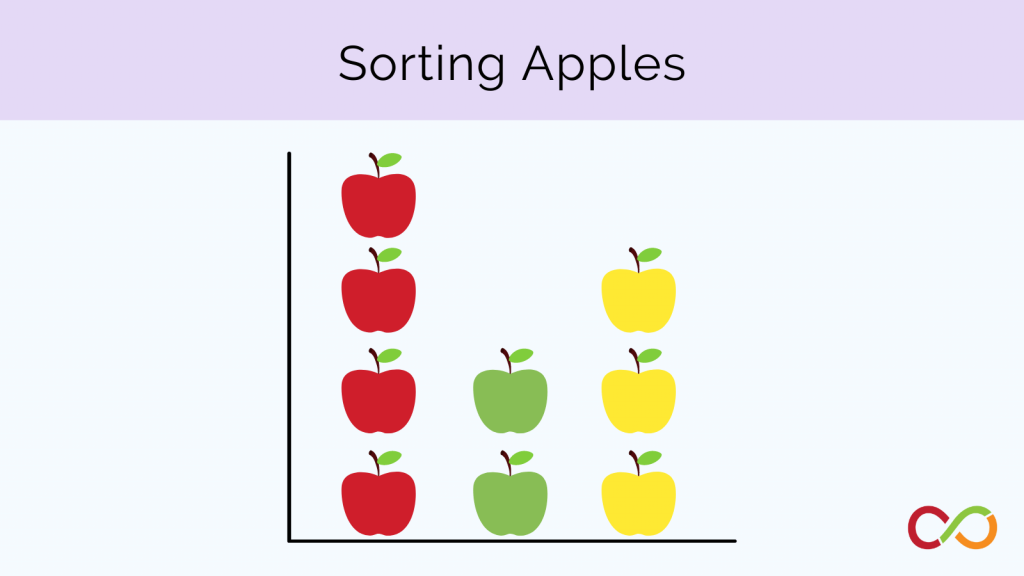What Colour is Your Iris?
Early Years (Age 3 – 6)
Curriculum Goal
Kindergarten: Demonstrating Literacy and Mathematics Behaviour
- Demonstrate an understanding of numbers, using concrete materials to explore and investigate counting, quantity, and number relationships (#15).
- Collect, organize, display, and interpret data to solve problems and to communicate information, and explore the concept of probability in everyday contexts (#19).
Context
- Educator works one-on-one with students to make an observation of their eye colour, make the class graph, and lead a whole-class discussion.
Materials
- Sketch of an eye (one for each student) (Appendix A)
- Mirrors
- Crayons
- Tape
- Chart paper with a title: “What Colour is Your Iris?” and eye colour labels
Lesson
- Invite students (1 or 2 at a time) to come over and look in a mirror to see the colour of their eyes. Then have them colour in the sketch of an eye.
- Have the chart paper at their eye level and help them find the right place for their eye colour.
- Discern which students are ready to look at the graph in more depth. If the student seems interested, you can encourage them to do more observations (e.g., “How many people said they have black eyes?”). Some students may automatically start to point and count. If their one-to-one correspondence is off as they count, you can recount with them.
- Look at the graph as a whole group. Talk about what the graph is about and that everyone has contributed to it. Analyze and count each of the columns. Write the number at the top of the graph.
Look Fors
- Can the child identify where on the graph they need to place the sketch of their eye?
- Is the child interested in counting or further analyzing the graph?
- What type of comments does the child make when looking at the graph? (e.g., this one has the most! I have the same colour as another child!)
- Does the child point and count, demonstrating one-to-one correspondence?
Share this lesson
Share on facebook
Share on twitter
Share on email

